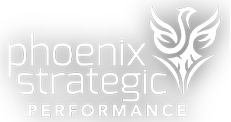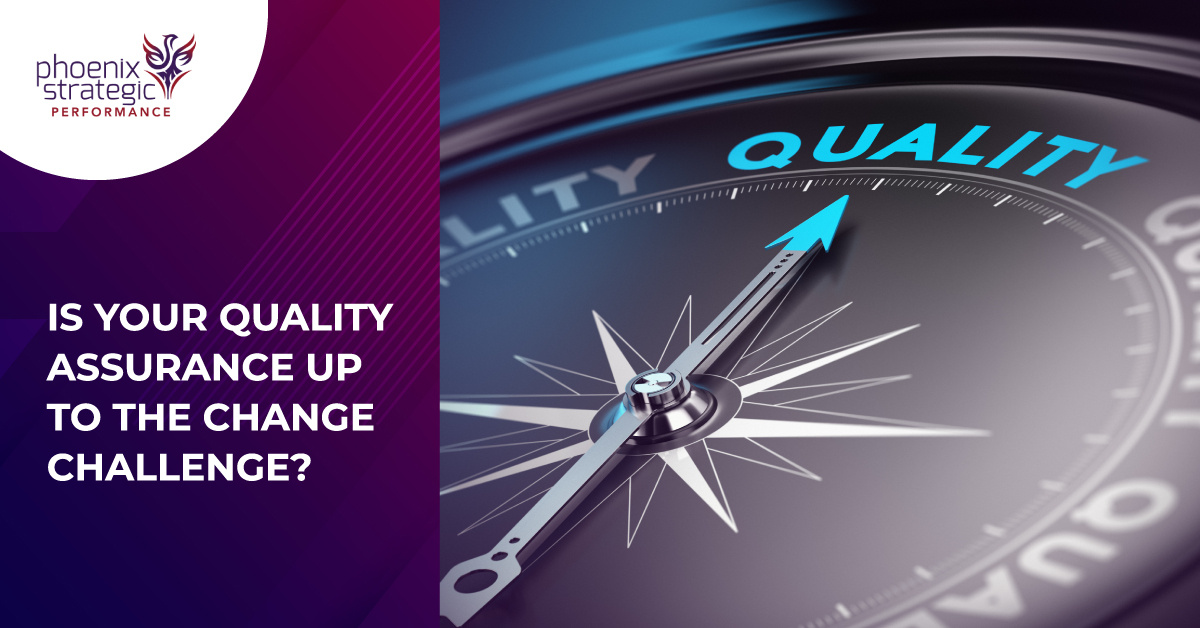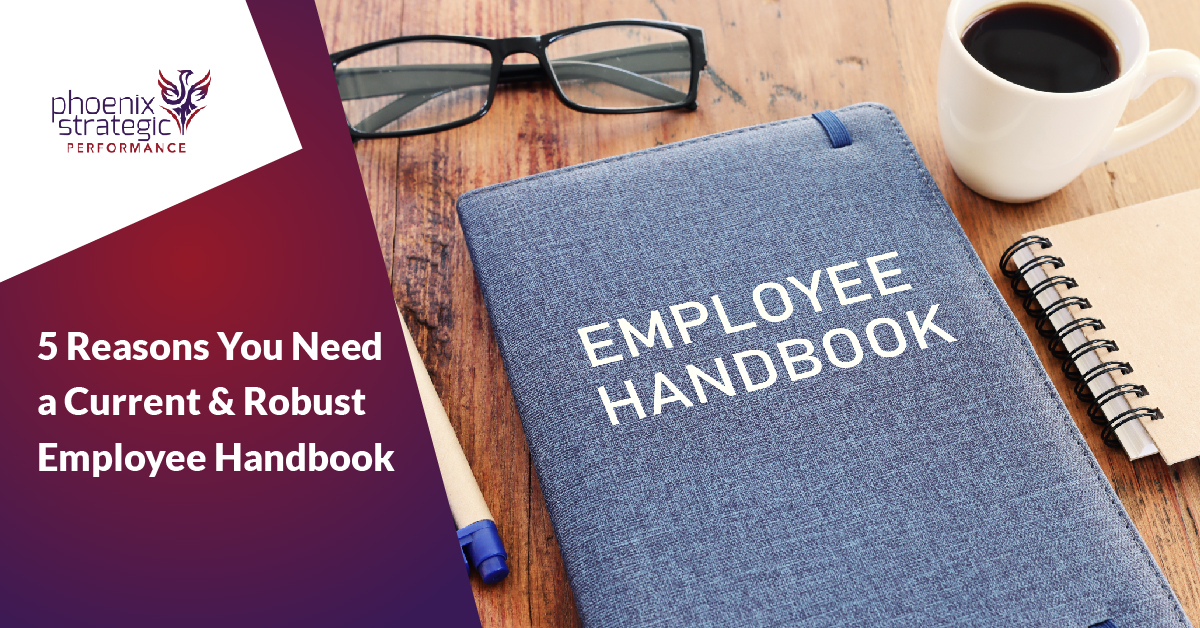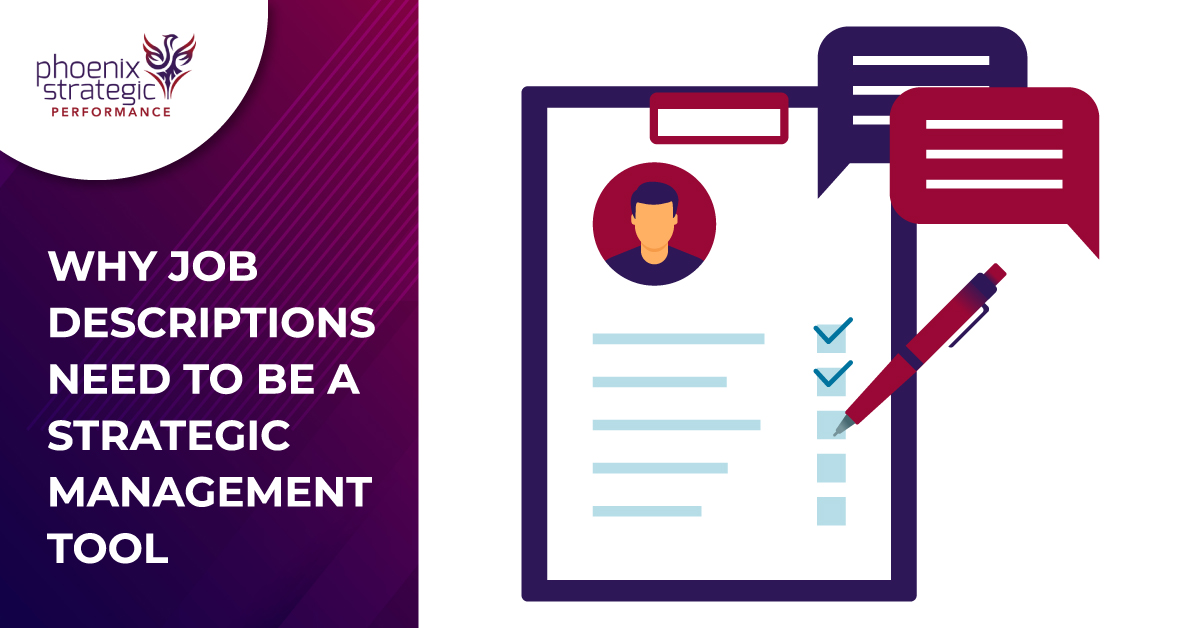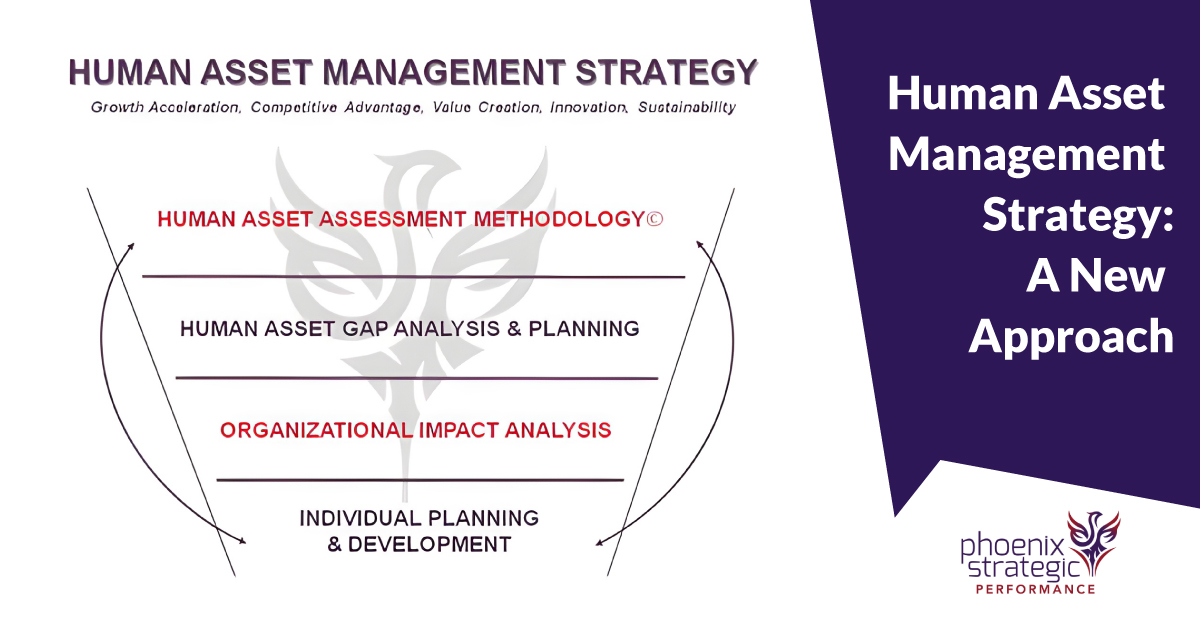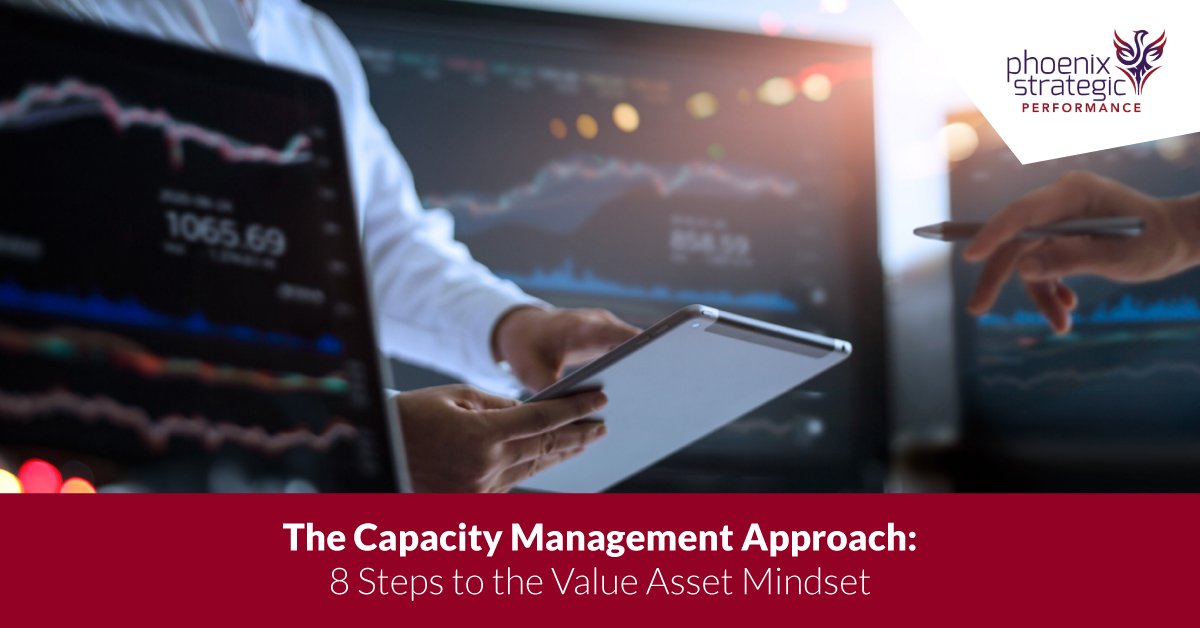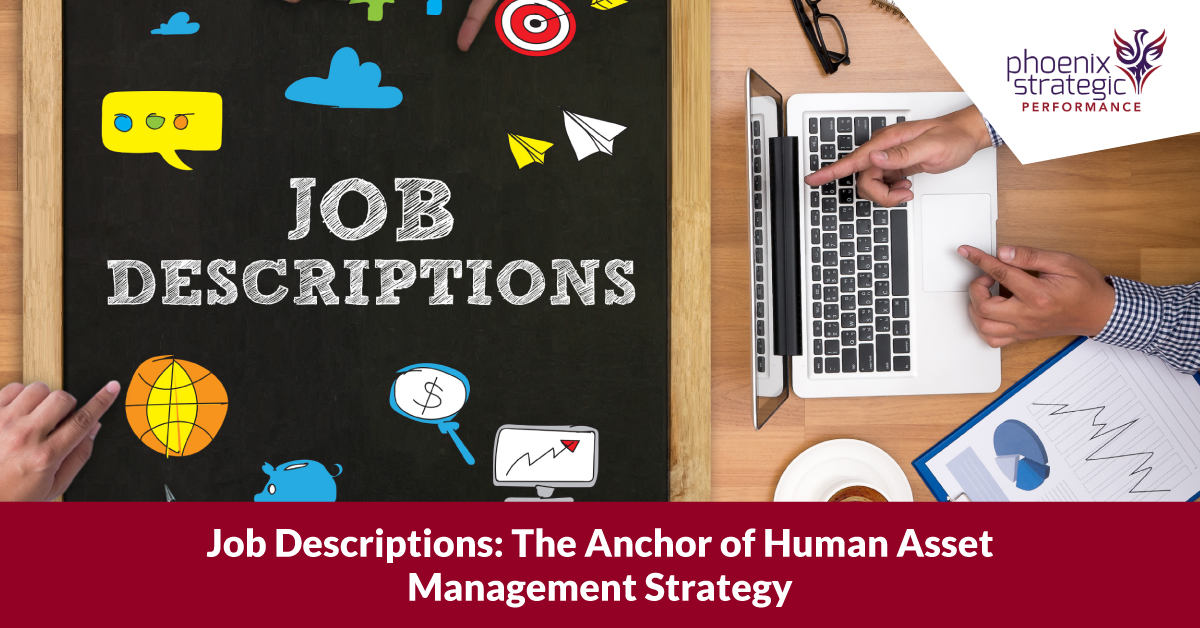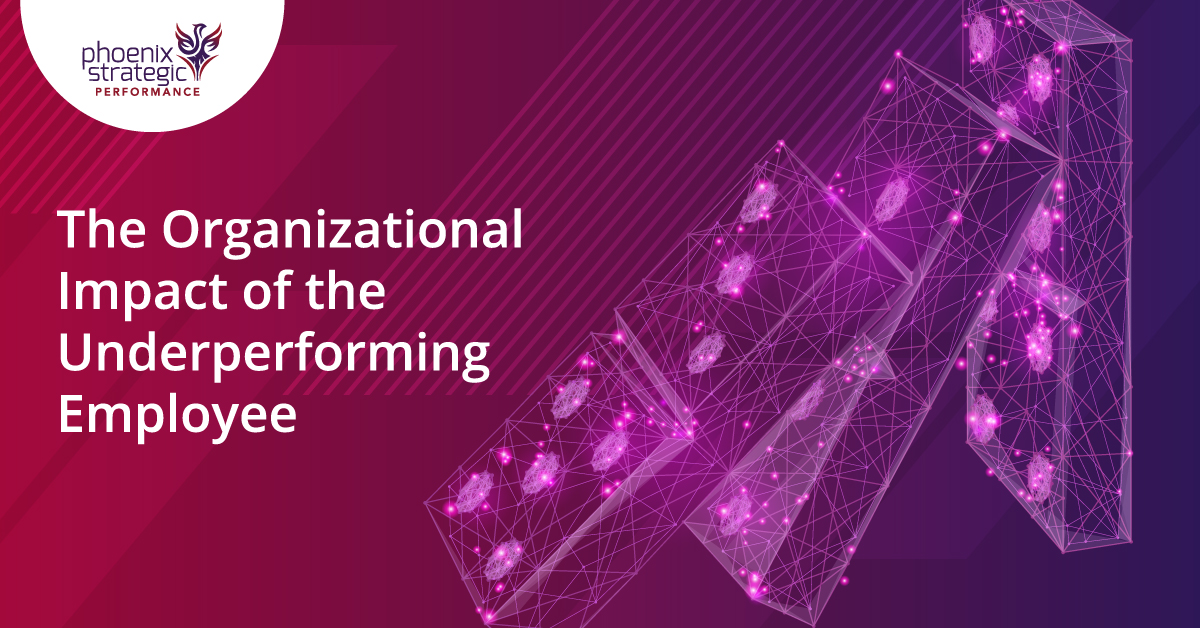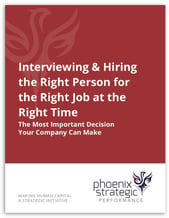Job descriptions are the unsung hero driving the Performance Management process. If the performance management process is fundamental to your Human Asset Management Strategy (HAMS), job descriptions are the mighty little, obscure engine driving the whole process.
How important are job descriptions in HAMS, and how can those often-forgotten job descriptions be so important? Because if they are only used as HR tools for job banding and compensation, then they are misnamed. If that's the case, they should be called job categories. Here's what job descriptions should be doing for your organization.
You must first determine the function in your organization responsible for utilizing job descriptions. What is the job description's real, dynamic driving force behind them? To analyze this, we start with where job descriptions are parked. Job descriptions can live in HR, but that should only be their part-time home. Job descriptions should be relevant to every functional group in every organization and be used by the functional group full-time! Job descriptions are the foundation to determine what a job does, how an organization works, how it grows, if it can grow/compete and if it will stagnate. Most importantly, job descriptions must not only live in the operating functions, job descriptions need to be relevant and referenced continuously. As a consultant, I have frequently heard these answers to the question, "Can I see your job descriptions?":
